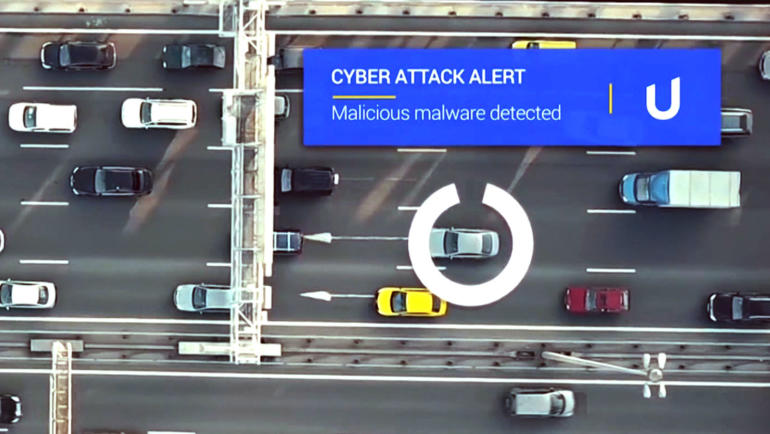The world’s largest gathering of cybersecurity experts is taking place in San Francisco. At the RSA Security Conference, thousands of attendees are discussing the latest threats and the tools to combat them.
More than two decades ago, the RSA conference began as a small gathering of security professionals.
More than 500 companies and around 45,000 people attend – a clear sign businesses and governments are more serious than ever about protecting data.
“Cybercrime is now over a trillion dollars a year they are projecting in terms of money that they are cashing in on. Because data is money now,” said Nigel Ng, Vice President of International Sales for RSA. “Data is the new gold. And you can sell credit card numbers on the dark web, sell people’s data, identify thefts.”
As attacks become more sophisticated and frequent, the startup Stellar Cyber is fighting back with artificial intelligence and machine learning.
“So machine-learning I always liken it to that of a robot, something that can automate, perform these repetitive tasks without getting tired without missing things,” said John Peterson, Chief Product Officer at Stellar Cyber. “Whereas with humans the industry average is 200 days to detect a cyber breach, machine learning if deployed in an effective manner can reduce that time down to five minutes.”
To help build its software and hardware solutions, Stellar Cyber sets up servers around the world – called “honeypots” – to lure hackers in.
Peterson showed their dashboard, which displays attacks in real time from hackers around the globe attempting to use a honeypot server to launch attacks on other servers around the world.
Stellar Cyber says one special attack on the rise is hackers breaking into a system and changing the time of the server.
“So what they will do is set the clock back on the server to a time in the past maybe six months ago, so now everything that they do is being logged as something that happened six months ago,” said Peterson. “So when a security analyst is looking at the data, he’s clearly not looking back at six months’ worth of old data, he’s trying to look at the current new data.”
Hackers are also literally finding new vehicles to launch their attacks,
A report from the startup Upstream, which offers a cloud-based solution to protect cars, found that a single cyber attack can cost an automaker up to $1.1 billion today.
The report predicts that by 2023, it could cost the industry $24 billion.
“Your consumer data as an owner of the vehicle is at risk,” said Dan Sahar, Vice President of Product at Upstream. “The worst case scenario that you should think of is that every function you can perform in a car, a hacker can perform the same functions. So that can be brake and steering, unlocking the door, turning off the engines.”
Sahar also warns that as autonomous cars hit the market in the near future, security risks increase exponentially as people hand over more and more control to a machine.
 CGTN America
CGTN America

